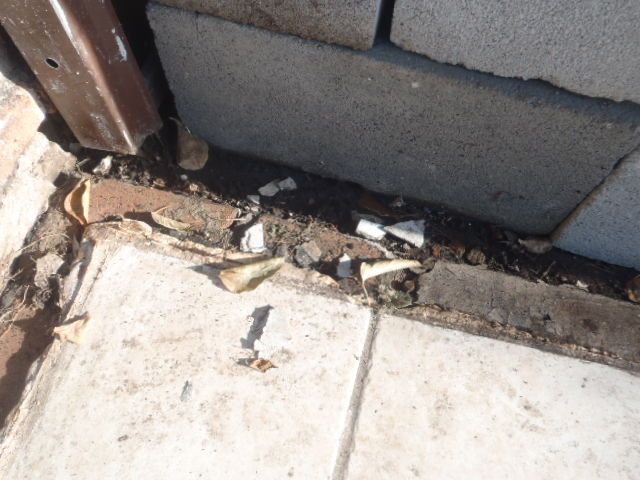
In NSW, the removal of any material or thing that contains bonded asbestos that has an area more than 10m2 requires a visual clearance by a competent independent assessor. The visual clearance ensures that all visible asbestos fragments posing a health risk have been removed from both the work area and the transit route.
But firstly, let’s have a look at what can be classified as bonded materials. The code of practice defines it to be ‘any material that contains asbestos that is not friable asbestos, including material containing asbestos fibres reinforced with a bonding compound’.
Who can work with Bonded Asbestos?
So who then can work on the asbestos? The type of license required generally depends on the type of asbestos removal taking place, but for bonded asbestos containing materials this means that any removalist with at least a Class B Asbestos removal license can work on the material. The Class B removalist can work on not only the bonded material, but can also remove any asbestos containing dust or debris that is associated with that removal.
What happens after Asbestos Removal Process?
The removal work has taken place and now what happens? This is when the visual clearance takes place. The clearance inspection is conducted to ensure that the removal area and the immediate area around it are free from any visible asbestos contamination. This covers not only any dust or debris left behind but also any presumed asbestos containing materials that may have been exposed or damaged due to the removal work. The reason that this visual clearance is undertaken is that it allows the area to be re-occupied and that there is no added risk of asbestos exposure.
Failed Visual Clearance?
So what happens if you have received a failed visual clearance inspection? This usually requires the removalist to return to remove any missed debris or dust or to encapsulate any damaged. This again, is just to ensure that any asbestos removal hasn’t caused any increased risks to asbestos exposure with both normal and maintenance activity.
Call Safe Environments for a Clearance Inspection
For an Clearance Inspection to be conducted at your home or business, please contact the team at Safe Environments to then provide an asbestos clearance certificate for peace of mind.
Author: Dennis Clemence

Email: info@SafeEnvironments.com.au
Dennis is a Property Risk Assessor at Safe Environments conducting inspections and assessments of asbestos and hazardous building materials. Dennis completed a Bachelor of Science Degree in Forensic Science at the University of Western Sydney. An action and initiative driven person Dennis has strong communication skills and has provided his time volunteering at a local Community Legal Centre to assist Solicitors in providing legal advice to clients. He has conducted a toxicological audits based on the GHS and Safe Work Australia advising on the general storage, handling and disposal of the various chemicals.

